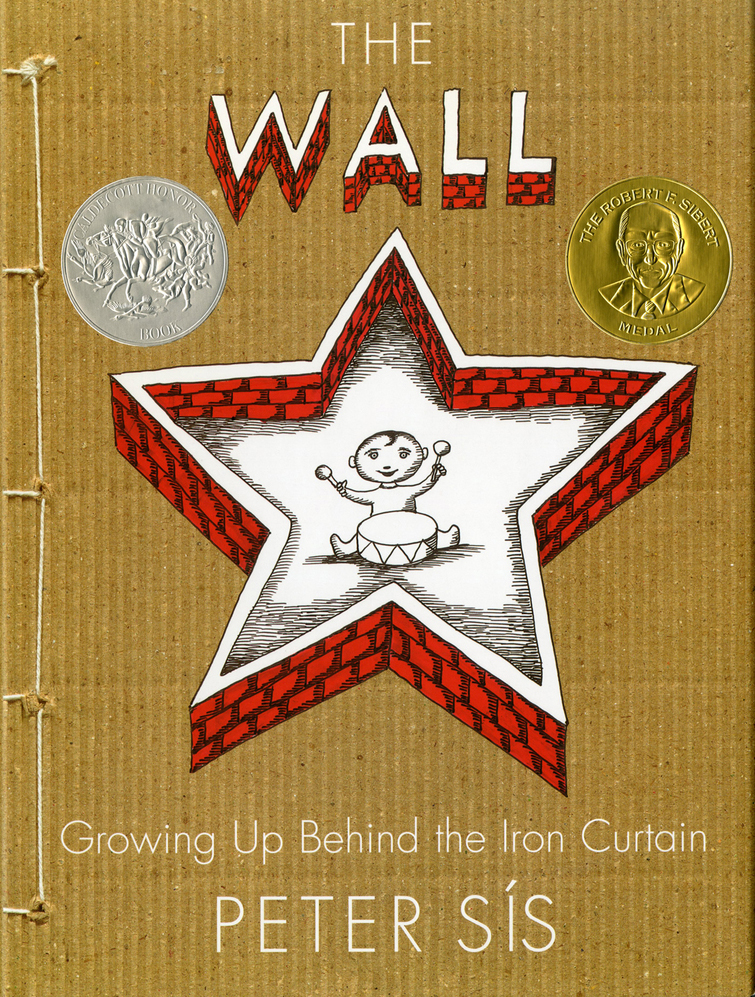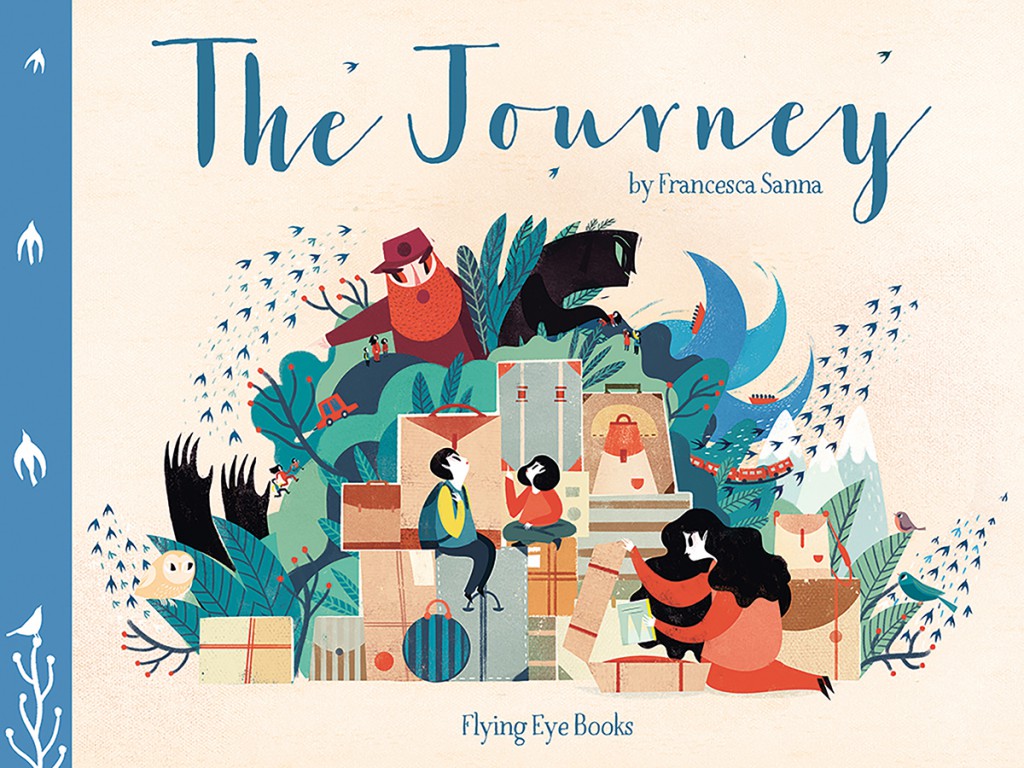With the outbreak of the Russian invasion of Ukraine, many of our parent customers are asking for books to help talk about war in ways that are age-appropriate and and honest without traumatizing their children. As you can imagine, this is a delicate proposition and personal for each family. What we do know is that when we can talk with children about the confusing and often scary things they know are happening in the world—things they inevitably hear about from us, on the playground, in snatches of conversations overheard out and about in the world, and in the news that filters into their lives—we can help them also see the good and hopeful things people are doing to help one another during times of crisis, and how we can work for tolerance, understanding, compassion, and healing.
One of the best books we know (for ages 8 to adult) comes from the brilliant Peter Sís and addresses both personal and political aspects in the aftermath of one country’s invasion by another, along with its issues of power, control, and liberty. His autobiographical picture book/graphic novel, The Wall: Growing Up Behind the Iron Curtain (FSG), deals with ideas of freedom and its suppression, art and personal expression. Sís grew up in Czechoslovakia in the 1950s and ’60s, subject to the restrictions and compulsory shows of ‘loyalty’ and obedience under Communist rule. He found salvation, hope, and joy in art and music.
For younger children (ages 6-9), consider the picture book The Day War Came by Nicola Davies, illustrated by Rebecca Cobb. Published by Candlewick Press in association with a British humanitarian organization, HelpRefugees, it is a sensitive and powerful introduction to the effects of war. It starts with a little girl whose cheerful school day is suddenly and irrevocably disrupted by war, and follows her journey trying to find a safe place to land and a new place to belong. This abbreviated but strongly rendered tale of a child-turned-refugee is a plight beng experienced right now by of millions of Ukrainian families. Reading and talking about the story can give children not only an idea of experiences far away, but insight into how to help welcome and ease the transitions of New American refugee classmates in their own homerooms.
Based on a recent true story from Syria, The Cat Man of Aleppo by Karim Shamsi-Basha and Irene Latham, illustrated by Yuko Shimizu (Putnam), tells the story of Mohammad Alaa Aljaleel, an ambulance driver who, in the midst of civil war, not only cared for the sick and wounded people in his rig, but begins caring for the countless stray abandoned cats in his war-torn city. Spreading news of the cats’ need by word of mouth and social media, he inspires donations from all over the world, which enables him eventually to open a sanctuary for the cats, as well as to build a well and a playground for children. Young readers will be inspired by this real-life beacon of goodness and hope in troubled times. The book also includes words from the real “cat man” himself—a rare bonus.
Francesca Sanna’s picture book, The Journey (Nobrow/Flying Eye), is a heart-rending but also hopeful imagining of a family’s long trek through war, loss, travail, and danger to find comfort and a safe landing place. It’s another notable conversation starter about immigration and what it means to have to leave people, valued mementos, and homeland behind.
As Maurice Sendak once said, and this is paraphrased from an interview that I read long ago in the wonderful Origins of Story: On Writing for Children (edited by Barbara Harrison and Gregory Maguire, and published by Margaret McElderry Books), “The children know. The children have always known. They protect us from knowing that they know.”
It can be hard to have conversations about terrible realities with children who have been fortunate enough not to have encountered them personally. Books can help us start those conversations and give us a helpful framework, inviting questions and comments from children and allowing them to express concerns and fears we might not even know they’ve been carrying, fears they’re protecting us from having to know.






Whenever there are fresh reports of families fleeing armed conflict, I think of So Far from the Bamboo Grove, by the late Yoko Kawashima Watkins. It’s a lightly fictionalized account of her experience, at age 11, of becoming a refugee. I can’t help wondering what today’s child refugees are living, and will write, about their escape, their survival, and reorientation to a world that is less safe than what they had lived before.
Carol, that is a wonderful book! I also think of Esther Hautzig’s The Endless Steppe, another lightly fictionalized story mirroring her own experience. Thanks for your comment!